Sampling the food in Central Portugal is honestly one of the best ways I’ve found to get to know the region’s culture and history. From my first bite of rustic chanfana, that slow-cooked goat stew, to the moment I cracked open those sweet ovos moles, every dish seemed to have its own story.
Tasting my way through Centro de Portugal means diving into regional specialties that really make this part of the country stand out.
I wandered into family-run taverns for fragrant garlic bread, stumbled upon sparkling Bairrada wines, and bounced between mountain and coastal flavors. Each meal felt like a fresh adventure—sometimes hearty, sometimes sweet, always memorable.
If you’re into food tours and want to discover the traditional Portuguese dishes that make this region shine, you’ll want to try these five culinary delights for yourself.
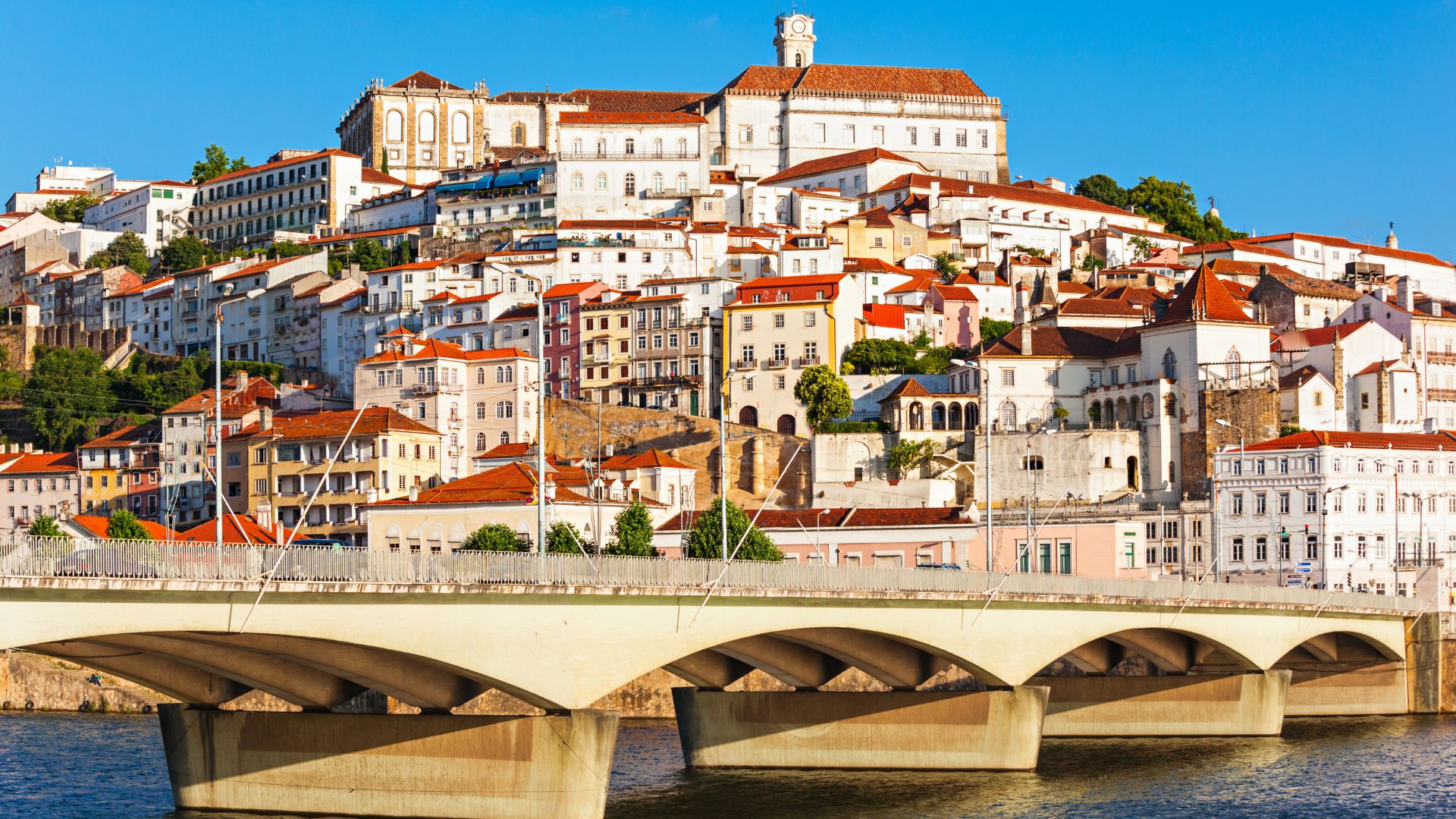
Chanfana: The Hearty Goat Stew of the Mountains
Chanfana brings together tender goat, bold spices, and a good splash of strong red wine. My trip through Centro Portugal just wouldn’t feel right without this comforting dish, which really speaks of mountain villages, old traditions, and big, honest flavors.
Origins in Lousã and Beyond
I tried chanfana for the first time in the heart of the Serra da Lousã mountains. Locals here say Lousã gave birth to the dish, and those steep hills and quiet villages have helped keep the old recipes alive for ages.
Goat herding has roots that run deep in this region, so chanfana became a real staple in mountain kitchens. But it’s not just Lousã’s claim to fame.
Villages like Penela, Ansião, and other corners of the Beiras e Serra da Estrela region all have their own versions. Some insist on using only older goat for that richer flavor, while others might sneak in a bit more spice.
Chanfana feels like one of those hidden gems in Portuguese cuisine. It’s never as famous as pastel de nata or bacalhau, but locals are fiercely proud of it. In mountain towns, it often takes center stage at festivals and Sunday family gatherings.
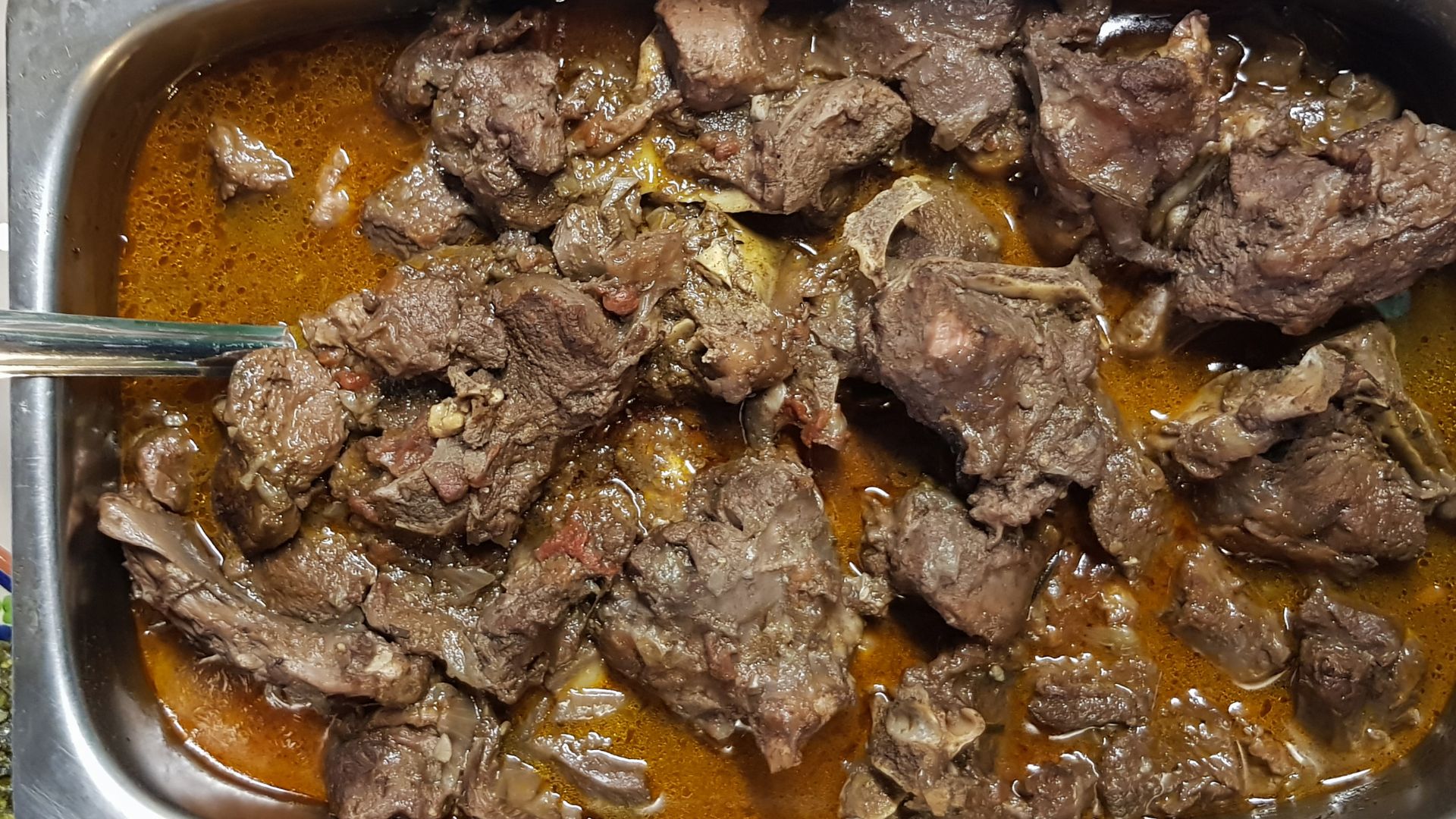
Traditional Cooking Methods
Chanfana gets its magic from the way locals cook it. Traditionally, they marinate meat from older goats overnight in red wine, crushed garlic, bay leaves, paprika, and whatever other aromatics the family swears by.
Everyone has their own twist, but wine and garlic are always non-negotiable. What really sets chanfana apart is the pot.
People here still use thick, black clay pots called caçoilas. The stew simmers for hours in a wood-fired oven, picking up that deep, smoky flavor and turning the meat fork-tender. Whenever a caçoila lands on the table, I know I’m in for something special.
Here’s a quick look at the base ingredients:
| Ingredient | Purpose |
|---|---|
| Goat meat | Main protein, richness |
| Red wine | Marinade, flavor base |
| Garlic, bay leaf | Aromatics, depth |
| Olive oil | Cooking fat |
| Paprika, salt | Spice, seasoning |
Cooking chanfana this way takes patience. Locals always say there’s just no shortcut if you want that signature texture and bold taste.
Where to Taste Authentic Chanfana
If you want the real deal, head to the small taverns in Lousã or Penela. I found some of my favorites tucked inside old stone-walled restaurants near the Serra da Lousã trails.
They serve chanfana bubbling hot in the traditional caçoila, with crusty bread and roasted potatoes on the side. Festivals are another great bet.
Lousã throws an annual Chanfana Festival, where local cooks compete for bragging rights. I learned to book a table early, since it fills up fast with locals and food-loving travelers.
Rural guesthouses in Beiras e Serra da Estrela often put chanfana on the menu, especially on weekends. If you’re passing through Ansião or any smaller village, just ask around.
Locals love pointing hungry visitors in the right direction—usually to someone’s aunt’s kitchen or a cozy tavern just down the lane.
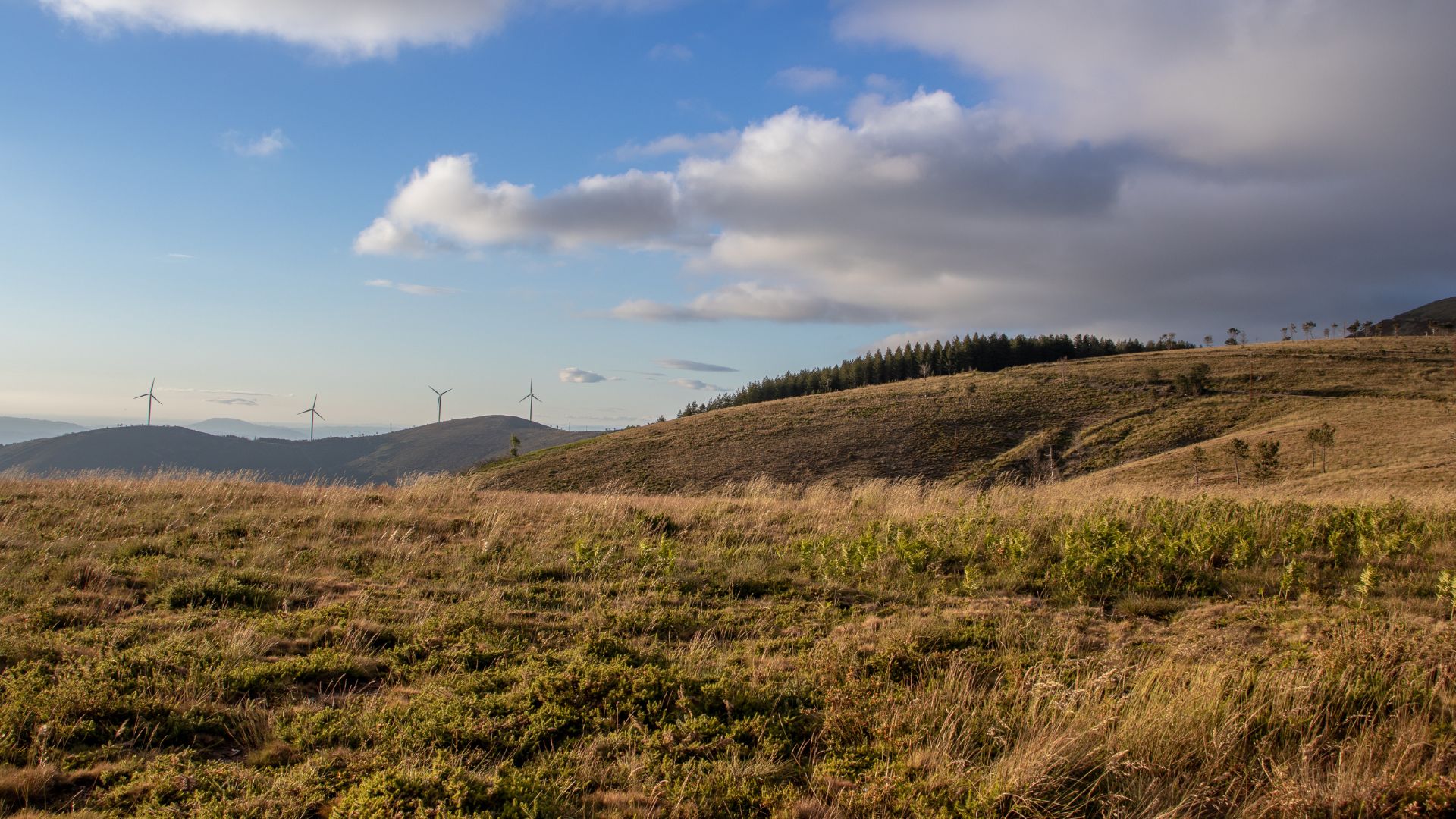
Bairrada Sparkling Wines & Leitão: A Festive Pairing
Not much beats the combo of Bairrada’s crisp sparkling wines and melt-in-your-mouth Leitão. Around Aveiro and Coimbra, this pairing draws locals and food fans from everywhere, blending old traditions with lively celebrations.
The Story Behind Roast Suckling Pig
The first time I bit into Leitão, I could taste the history. This roast suckling pig is the pride of Bairrada.
Cooks marinate a young pig in garlic, pepper, and local herbs, then slowly roast it in wood-fired ovens until the skin turns golden and crackling. In villages around Mealhada, Coimbra, and even markets in Aveiro, families gather around trays of freshly carved Leitão—crisp skin, juicy meat.
It’s a star at local celebrations, always served with thin orange slices and piles of hand-cut potato chips. For me, sharing Leitão at a crowded table, surrounded by laughter and the aroma of roasting pork, is when Centro Portugal feels most alive.
Exploring Bairrada’s Vineyards
Bairrada is famous for its sparkling wines, or espumante. The region’s cool Atlantic breezes and clay-limestone soils make it perfect for growing Baga, the grape behind many of these bottles.
Tasting Bairrada bubbly at the source—sometimes in small cellars hidden behind vineyards—shows just how varied these wines can be, from bright rosés to richer “Bruto” styles. Every glass seems designed for food, especially savory dishes like Leitão.
The fine bubbles and high acidity of Bairrada espumantes cut through pork fat perfectly, refreshing my palate every time. At wine shops and tastings along the EN1 between Coimbra and Aveiro, I’ve met winemakers who are always eager to pour their latest vintage and share family secrets.

Local Festivals and Food Rituals
Visiting during festival season brings Bairrada’s food rituals right to the streets. In towns like Mealhada and Águeda, Leitão takes over at summer feasts.
Open-air tents fill up with long tables, singing locals, and endless trays of roast pork. It’s almost a rule to grab a glass of cold sparkling wine before you even sit down—someone’s family recipe usually makes an appearance, so each festival feels a little different.
Market streets fill with outdoor stalls, and I love watching vendors carve piglets with quick, practiced hands. The pop of bubbly, clinking glasses, and friendly chatter make these gatherings unforgettable.
For anyone hungry to understand real local food traditions, there’s nothing quite like tasting Leitão and Bairrada’s best sparklers where they belong.
Ovos Moles of Aveiro: Sweet Artistry by the Canals
On my strolls through Aveiro, those bright yellow Ovos Moles kept catching my eye in every pastry shop window. This treat, shaped by centuries of tradition and the creative hands of nuns, is a must-try among Portugal’s regional specialties.
The Recipe and Iconic Presentation
Ovos Moles, or “soft eggs,” come from a simple mix of egg yolks and sugar—just two ingredients, but somehow they turn into something special. The filling is creamy and sweet, with just enough richness to keep me coming back for more.
Each one comes wrapped in a thin, edible wafer shaped like a shell or barrel, a little nod to Aveiro’s canals and its connection to the sea. Biting into one feels like tasting a bit of the city’s history.
Shops in Aveiro—especially the iconic Confeitaria Peixinho—still make Ovos Moles the old way, following a recipe from the nuns of Jesus Monastery that goes back five centuries. I loved watching each candy get shaped and decorated—it almost seemed a shame to eat them.
Quick Facts Table:
| Main Ingredients | Typical Shapes | Where to Try |
|---|---|---|
| Egg yolk, sugar | Shells, barrels, fish | Pastelarias, markets |

Pastries and Sweet Specialties in the Região de Aveiro
Aveiro’s pastry scene goes way beyond Ovos Moles, but nothing else quite captures the region’s spirit.
In local pastelarias, Ovos Moles sit alongside honey cakes, almond treats, and custard-filled delights, each with its own roots in Portuguese cuisine. Locals often pair Ovos Moles with a coffee break or bring them home as gifts.
The pastry shops along the canals show real pride in their craft, offering tastings where you can learn about the role of honey, egg, and tradition in these sweets. Nearby towns in the Região de Aveiro add their own twists, but Aveiro’s Ovos Moles stay closely tied to the city.
Whenever I tasted them, I felt like I was sampling a piece of the region’s soul—sweet, simple, and full of history.
Seafood & Fresh Fish: A Coastal Treasure Trove
Centro Portugal’s coastline is a dream for anyone who loves seafood and fresh fish. Here, I find old salt cod recipes, lively fishing villages, and seasonal dishes bursting with Atlantic flavor.
Bacalhau and Salted Cod Traditions
Bacalhau, or salted cod, is more than just food in Portugal—it’s a national obsession. People say there are over 365 ways to prepare bacalhau, and each region brings its own twist.
My favorite version came from a tiny restaurant in Ílhavo, the “capital of bacalhau.” In Ílhavo, locals still celebrate cod with festivals and dishes like bacalhau à lagareiro—oven-roasted cod with olive oil and potatoes.
The long salting and drying process gives the fish a deep flavor and a firm texture that pairs perfectly with hearty sides. Bacalhau pops up year-round, whether baked, fried, or flaked into salads.
At family-run tasquinhas, I tasted everything from creamy codfish casseroles to simple grilled fillets, always drizzled with golden Portuguese olive oil.
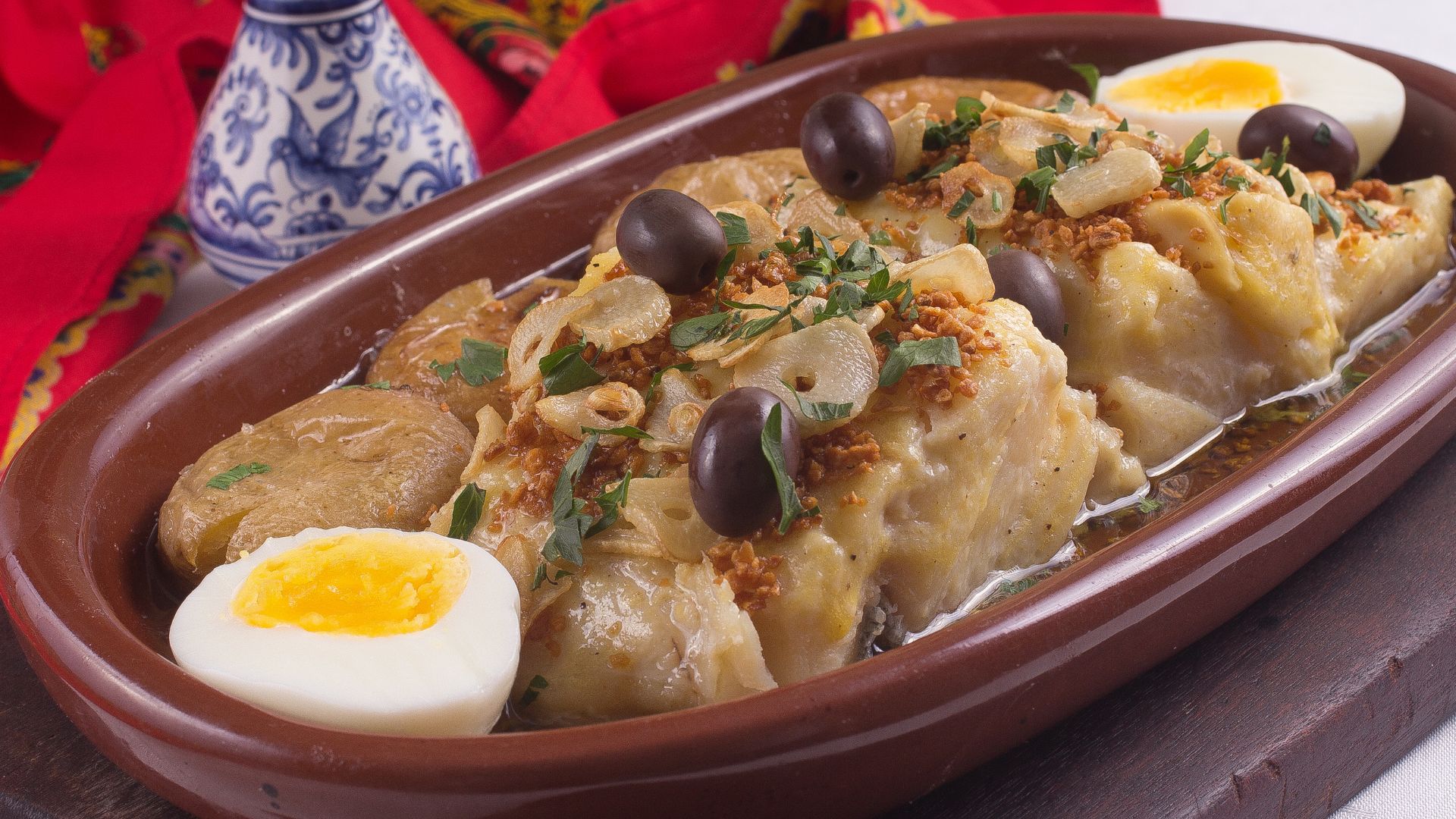
Fishing Villages and Daily Catches
Visiting Centro Portugal’s fishing villages gave me a real feel for local life. Towns like Nazaré, Peniche, and Mira come alive at dawn as boats return with the catch.
The scent of saltwater fills the air while fishermen unload sardines, octopus, and whatever else the Atlantic offers. Fish markets double as social hubs.
I loved starting my mornings wandering among the vendors, listening to debates about the day’s best catch. In Mira, families buy their dinner straight from the boats—freshness really isn’t just a promise here, it’s a way of life.
Restaurants change their menus depending on what comes in. One day I might get monkfish rice, the next, grilled cuttlefish or sea bass—always a surprise, always fresh.
Sardines, Shellfish, and Trout
Sardines are a summer staple along the coast, especially during the June festivals. There’s nothing like sitting by the waterfront in Peniche, biting into sardines hot off the grill, smoky aroma drifting on the breeze.
Locals pair them with crusty bread and chilled green wine for a perfect seaside meal. Shellfish like clams, cockles, and razor clams are everywhere.
In Nazaré, I savored amêijoas à Bulhão Pato—clams sautéed in garlic, olive oil, and coriander. The flavor is delicate but unforgettable, especially with a squeeze of lemon.
Further inland, freshwater fish like trout show up regularly. In riverside taverns, grilled or pan-fried trout gets served with boiled potatoes and garden greens.
It’s a simple dish that highlights the clean taste of the region’s rivers and gives a different glimpse of Portuguese cooking.
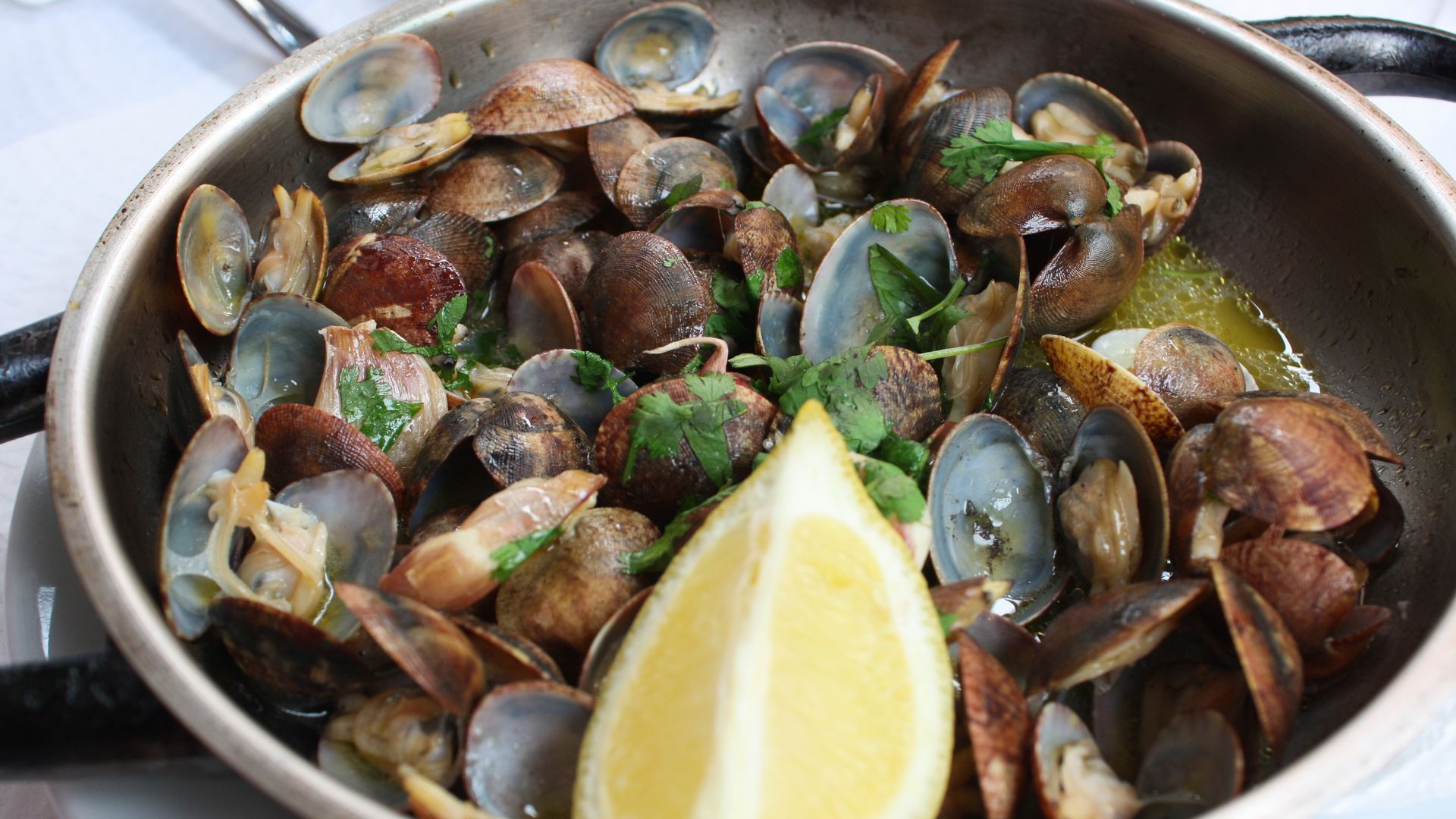
Regional Cheeses & Culinary Surprises
Traveling through Centro Portugal feels like an adventure for my taste buds, especially when it comes to the region’s cheeses. From iconic creamy wheels to rustic market finds, each bite shows off the area’s deeply rooted food culture.
Serra da Estrela Cheese: A Creamy Icon
Serra da Estrela cheese really stands out as the king of Portuguese cheeses. Folks make it from raw sheep’s milk in the highlands near Portugal’s tallest mountains, and honestly, the creamy texture and rich, slightly tangy flavor always make me look forward to it.
I’ve watched local artisans handcraft this cheese right in front of me. They use old-school cloth bags and thistle flowers to curdle the milk—a method their families have kept alive for ages.
You’ll want to let this cheese warm up to room temperature before digging in. That’s when it goes all soft and you can almost scoop it with a spoon.
Locals love to slice off the top and dip fresh bread right into the gooey center. Serra da Estrela carries a protected designation, so when you find it, you know you’re tasting something truly tied to this region.
Honestly, the whole experience feels rustic and real, especially if you pair it with crisp white wine or maybe a drizzle of honey.
| Key Features | Details |
|---|---|
| Milk Type | Sheep |
| Texture | Creamy to runny |
| Serving Suggestion | With bread, honey, or fruit |
| Region | Serra da Estrela |
Beira Baixa Specialties
If you head east, you’ll find the cheeses from Beira Baixa, especially around Castelo Branco, have their own unique charm. These cheeses tend to be firmer and a bit saltier compared to Serra da Estrela.
I found Queijo de Castelo Branco has this slightly nutty note, while Queijo Amarelo da Beira Baixa finishes with a buttery touch.
What I love about Beira Baixa is the range of textures and flavors you get. Some of these cheeses use goat or cow’s milk, so you’ll taste a wider variety than in other parts of Portugal.
Local shops often suggest pairing these cheeses with rustic bread from the area and a splash of olive oil. It really brings out their bold personality.
If you’re into cheese at all, you’ve got to try your way through Beira Baixa. Each town takes a lot of pride in its own cheese, and honestly, there’s something special in how locals share their favorites.
Hidden Gems in Local Markets
Some of my best cheese memories? They usually come from wandering through local markets tucked away in small towns.
I’ll stumble across unexpected varieties—maybe a spicy aged round, or tiny wheels packed with herbs.
Farmers here genuinely love to chat. They’ll hand out samples with a grin and launch into stories about how their families have made cheese for decades.
I find markets like these are perfect for discovering cheeses that never show up in big city shops. Queijo Picante has this peppery kick, and you can sometimes snag fresh curds made just hours before.
Prices usually seem fair, and the whole place buzzes with a kind of lively, unfiltered energy.
If you ever visit, I’d say carve out some time for the local markets. They aren’t just about eating—they offer a glimpse into the region’s culinary soul.
Want to bring home something unique? Ask the vendors about homemade olive oil or maybe seasonal honey. Both go ridiculously well with whatever cheese you pick.

